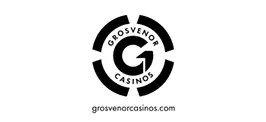Blackjack Odds & Probabilities
To fully understand how blackjack works, you need to understand the game’s odds and your chances of winning. In this blackjack odds guide, we are going to break down every aspect of this by exploring the house edge, odds vs probability, how blackjack works, and much more.
Understanding House Edge
House edge is the phrase term given to the advantage that the casino or operator has over the player. This is often displayed as a percentage, and it gives an indication of how much a casino is likely to win off you over a prolonged period of time. For example, a game with a 1% house edge is roughly going to win £1 from every £100 you play.
Blackjack has become so popular due to its low house edge. The game typically has a house edge of around 0.5%, which is much lower than other popular casino games like roulette or online slots.Odds vs Probability in Blackjack
While some people may use the words odds and probability interchangeably, there are actually some key differences that players should make sure they understand before they play. Let’s take a detailed look at those differences.
Odds
Odds are seen as a representation of chance. The easiest way to understand this is to look at odds with the fractional format. In a game where there are four options, the odds will be 3/1, with three being the chance of losing and one being your chance of winning. However, in blackjack, they don’t tend to work like this. Instead, they highlight the potential payout for a hand. So, 3/1 would pay out three times your bet if you land it.
Probability
Probability is a percentage that tells you how likely it is you will win a game. For example, if you have to pick from 10 cards, you have a 0.1 or 10% probability that you will pick the correct one.
Player Odds Table & Bust Probability
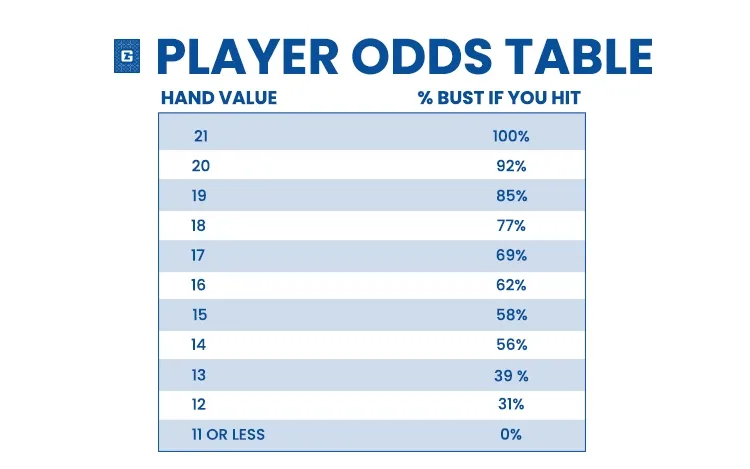
Players need to understand their odds of winning and their chances of going bust. The probability of going bust increases the higher your numbers are. For example, when you are dealt a 12, the probability of going bust with the next card is 31%, whereas if you are dealt a 15, your chances of going bust are 58%. Of course, this range is bookended by 0% at 11 or less and 100% when you reach 21.
Understanding the probability of going bust on your next card is essential as it will help you make your next move. You can also calculate the dealer’s chances from the cards they have exposed.
Dealer Odds & Bust Probability
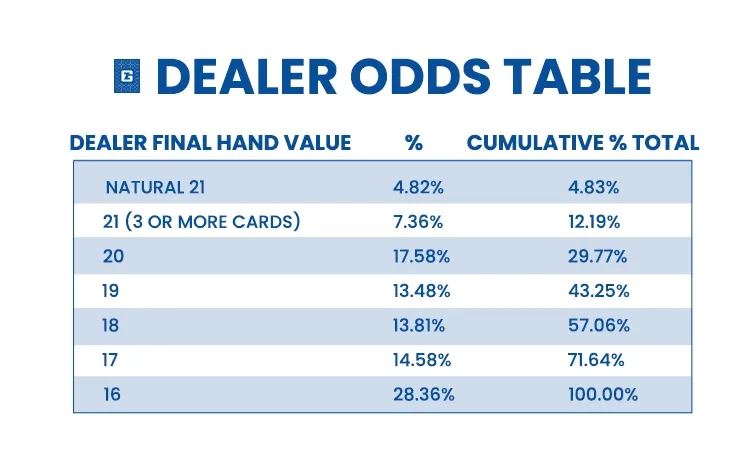
The dealer’s odds of winning are slightly better than the player’s due to the fact that they get to act last. As such, it is easier to make a decision, and their chances of going bust are lower. The dealer will almost always stand on 17 as well. House rules are also likely to swing the game in the dealer’s favour a little more.
The Odds of Winning in Blackjack
Blackjack Games and Odds
Recommended Casino Sites to Play Blackjack
21 Casino
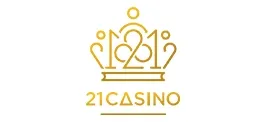
Get 70 Real Money Spins
on Book of Dead
Cash spins must be used within 10 days. Winnings from spins credited as cash funds and capped at £100. Cash funds are immediately withdrawable. Affordability checks apply. Terms apply. Please gamble responsibly.
Genting Casino
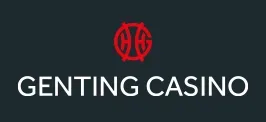
Get 100% up to £150
+ 50 Spins on
Big Bass Bonanza
Grosvenor Casino
